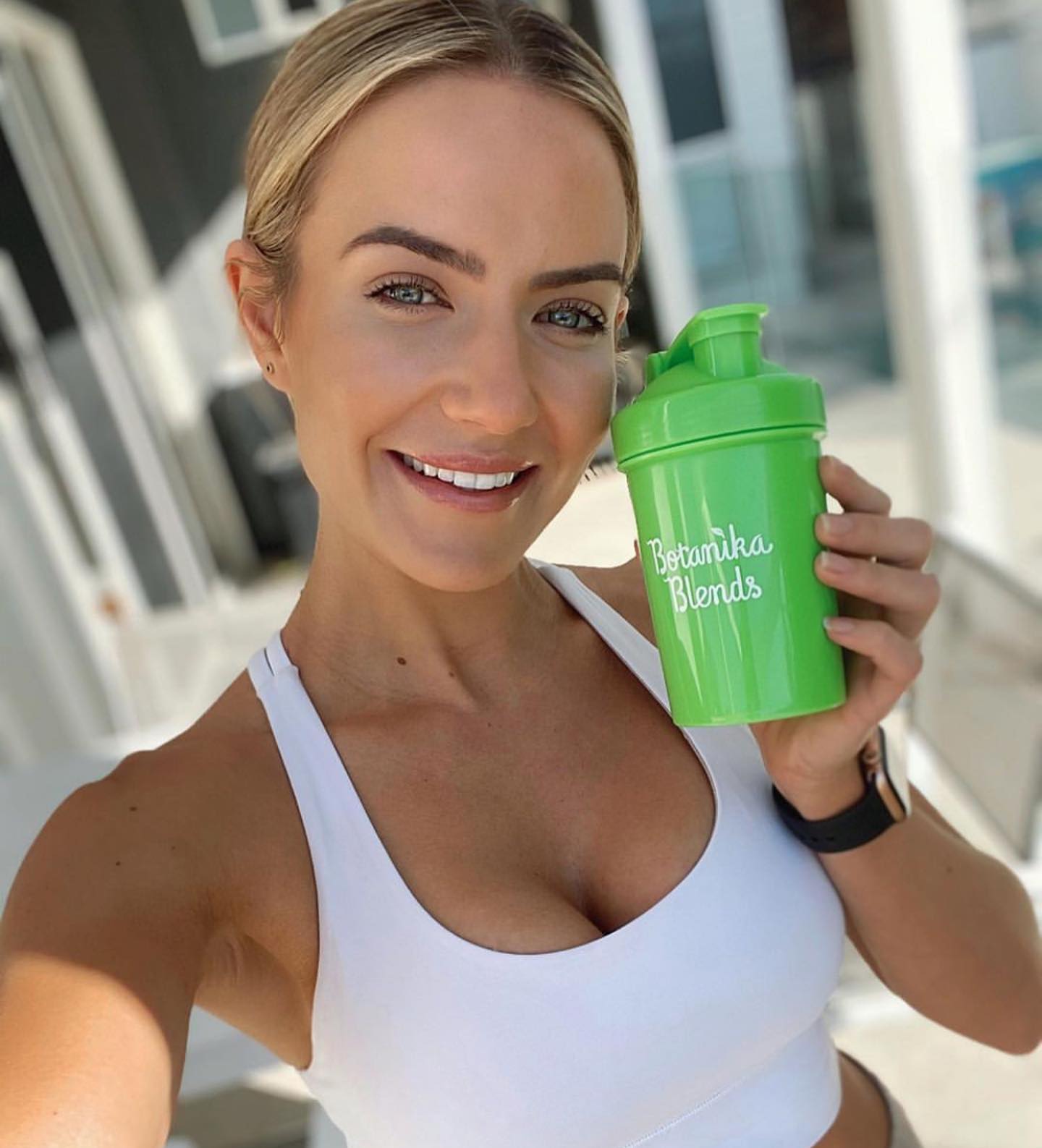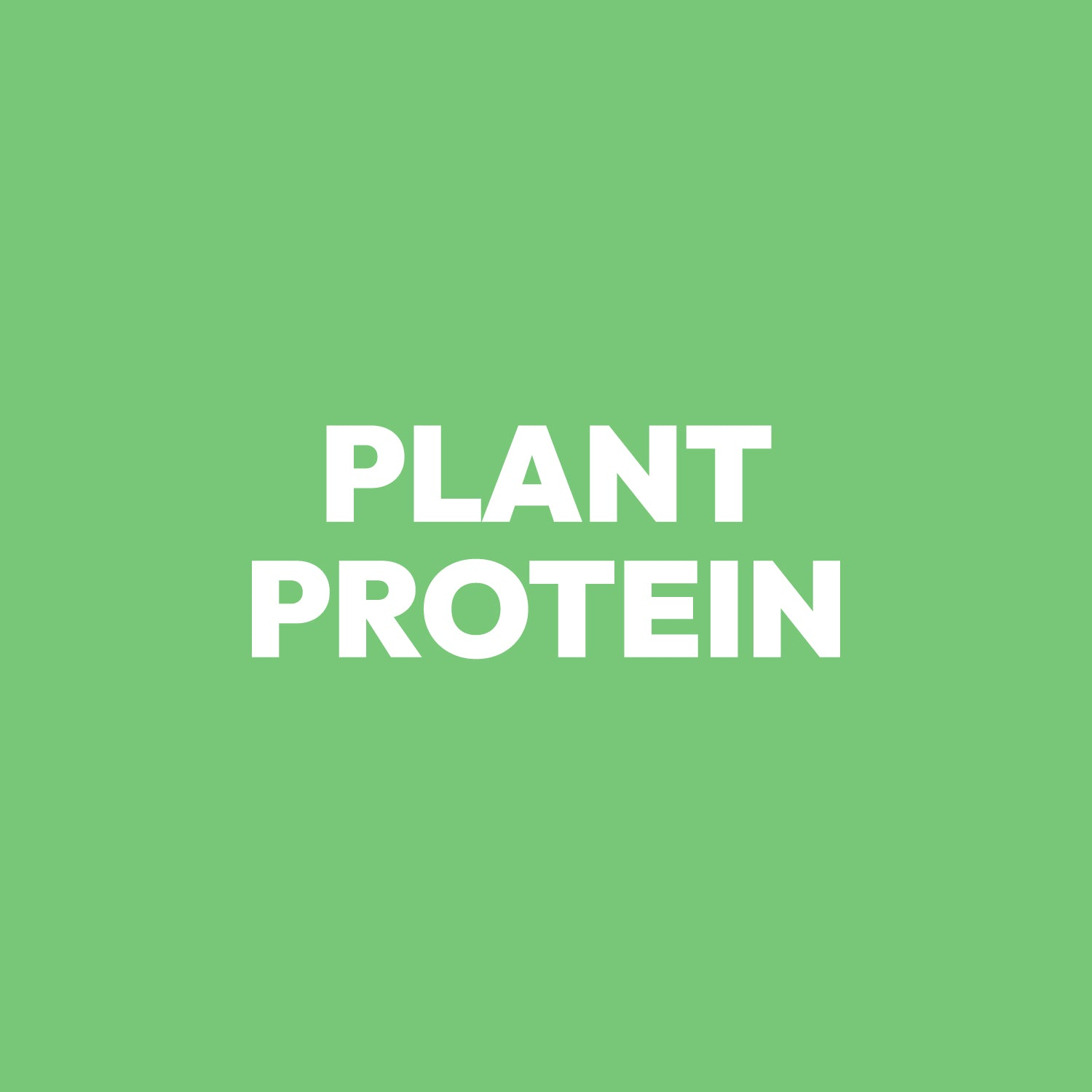

The Power of Pea Protein Powders
Pea protein is having a serious moment — and honestly, it’s well deserved. Made from good ol’ yellow peas, this plant-powered protein is here to shake up your smoothie, fuel your workouts, and boost your body, all without the dairy drama or bloated belly aftermath.
It’s naturally vegan, gluten-free, soy-free, and free from all those pesky common allergens — and yep, it still delivers a complete set of essential amino acids to help build muscle, support recovery, and keep you full and energised.
Whether you’re aiming to level up your protein game, support your gut, or simply curious why everyone’s raving about this beige powder — you’re in the right place. Let’s break down what pea protein is, why it matters, and how to actually enjoy it in your everyday routine (spoiler: it goes with everything).
1. So, What Actually Is Pea Protein?
Pea protein comes from yellow split peas (yep, like the kind your nan used to make soup with). Through some clever processing — involving cleaning, grinding, and gently isolating the protein — those humble peas become a fine, smooth powder packed with benefits.
You’ll usually see it labelled as pea protein isolate, and it’s the stuff you’ll find in shakes, smoothies, protein bars, or even pancakes. Bonus: it doesn’t have the gritty, earthy vibe that some other plant based proteins are known for.
2. Let’s Talk Nutrition – What’s in One Scoop?
Every brand’s a bit different, but here’s a rough idea of what one 25g scoop of pea protein typically gives you:
-
Calories: ~110
-
Protein: ~20–23g
-
Carbs: 1–3g
-
Fats: 1–2g
-
Fibre: 1–2g
-
Plus a hit of iron, potassium, and other handy nutrients
That’s a whole lot of nutrition in one tidy scoop — and it’s especially great if you’re after a high protein concentration without added sugars, dairy, or weird fillers.
3. Amino Acids: The Body’s Building Blocks
Pea protein isn’t just “good enough” — it’s a complete protein. That means it has all nine essential amino acids, including BCAAs like leucine, isoleucine, and valine (a.k.a. the dream team for muscle repair and recovery).
One small catch: it’s a bit light on methionine — but that’s easy to fix with other foods like brown rice, oats, or nuts. Combine smart, eat well, and you’re golden.
4. Pea vs Whey vs Rice vs Casein – Which Protein Wins?
No more guesswork. Here’s the lowdown in plain speak:
-
Whey: Fast-digesting, complete, but made from milk = dairy.
-
Casein: Slow-digesting (great at night), but also dairy.
-
Rice protein: Great base, low in lysine.
-
Pea protein: Naturally dairy-free, well-rounded, and gentle on your gut.
Best combo? Pea + Rice Protein. It’s the ultimate plant-based power couple — together they tick every amino acid box.
5. Benefits That Go Beyond the Gym Floor
💪 Muscle Building
Want to build strength? Studies show pea protein can bulk up muscle just as well as whey when paired with resistance training. No cow required.
🍽 Stay Fuller, Longer
Protein = fullness. That’s why a scoop of this stuff in your brekkie can help curb cravings and support weight loss in a super manageable way.
❤️ Heart Happy
Some early studies suggest pea protein might help lower cholesterol and blood pressure. Plus, being plant-based means you’re skipping saturated fats and choosing heart-friendly nutrition.
🧠 Gut-Friendly
No dairy, no bloating, no discomfort. Pea protein is usually easy on the digestive system and won’t leave your stomach complaining post-smoothie.
6. Side Effects? Not Really (But Here’s the Real Talk)
For most people, pea protein is smooth sailing. But here are a couple of things to know:
-
Some products can be a bit salty — check sodium levels if that’s a concern.
-
Rare pea allergies exist (if peas aren’t your friend, skip it).
-
Texture can vary — low-quality blends might feel a little chalky. Go premium when possible.
Otherwise? It’s one of the gentlest, most versatile protein powders around.
7. How to Use Pea Protein (Without Getting Bored)
Good news: pea protein is super versatile. Here’s how to make it part of your daily flow:
-
Shake it: The classic. One scoop, plant milk or water, shake and sip.
-
Blend it: Toss it into smoothies with banana, berries, peanut butter, or cacao.
-
Bake it: Add it to muffins, pancakes, or protein balls for an easy upgrade.
-
Spoon it: Mix into porridge, yoghurt or overnight oats.
-
Freeze it: Make protein popsicles with fruit + milk.
It mixes easily, has a smooth texture, and blends better than many other plant proteins — especially those with a reputation for grit.
8. How Much Pea Protein Do You Actually Need?
Here’s the easy math:
-
For muscle growth: Aim for ~1.6g of protein per kg of body weight daily.
-
For regular energy and wellness: About 0.8–1.2g/kg is plenty.
-
One scoop (20–25g) = ~20g of protein — perfect as a snack, post-workout, or brekkie boost.
Too much protein isn’t ideal either. Stick to what your body needs, drink plenty of water, and balance it with whole foods.
9. Pea Protein for Every Lifestyle
-
🏃♂️ Active types: Supports muscle recovery and lean gains.
-
🌱 Vegans & vegetarians: All the protein, none of the animal stuff.
-
🧘♀️ Wellness lovers: Easy digestion, high nutrients, plant powered.
-
🍽 Busy humans: Instant meals or snacks with serious staying power.
-
🐣 Sensitive tummies: No dairy, no soy, no gluten = no worries.
10. Final Scoop: Is Pea Protein Worth It?
In a word? Yes.
Pea protein is a smart, simple, and solid way to hit your protein goals — whether you’re lifting heavy, losing weight, or just trying to eat a little cleaner. It’s full of amino acids, iron, and gut-friendly nutrients, blends like a dream, and fits into pretty much any diet.
No dairy. No drama. Just clean, plant-based goodness your body will actually enjoy.
Share:
FAQ about Pea Protein
More blogs
-

Better-For-You Caramel Bars (Vegan Friendly)
Move over, Twix, these vegan caramel bars are here to steal the (snack) spotlight. No refined sugar, no dairy, and absolutely no boring allowed. These better-for-you bars layer a soft, shortbread-style base with a gooey caramel centre (infused with our...
-

Choc & Raspberry Protein Bars (Vegan Friendly)
No bake. No blender. No bull. Just ridiculously easy, high-protein deliciousness. We get it, sometimes you want a snack that feels like dessert but acts like a nutritional overachiever. Enter: these Vegan Choc & Raspberry Protein Bars. They’re crunchy, chocolatey,...
-

10 Tips for Effective Exercise Recovery
Training hard is only half the story—recovery is where real progress happens. Whether you’re lifting weights, running hills, or smashing HIIT, giving your body time to heal and rebuild is essential for muscle growth, performance, and injury prevention. Here are...
















